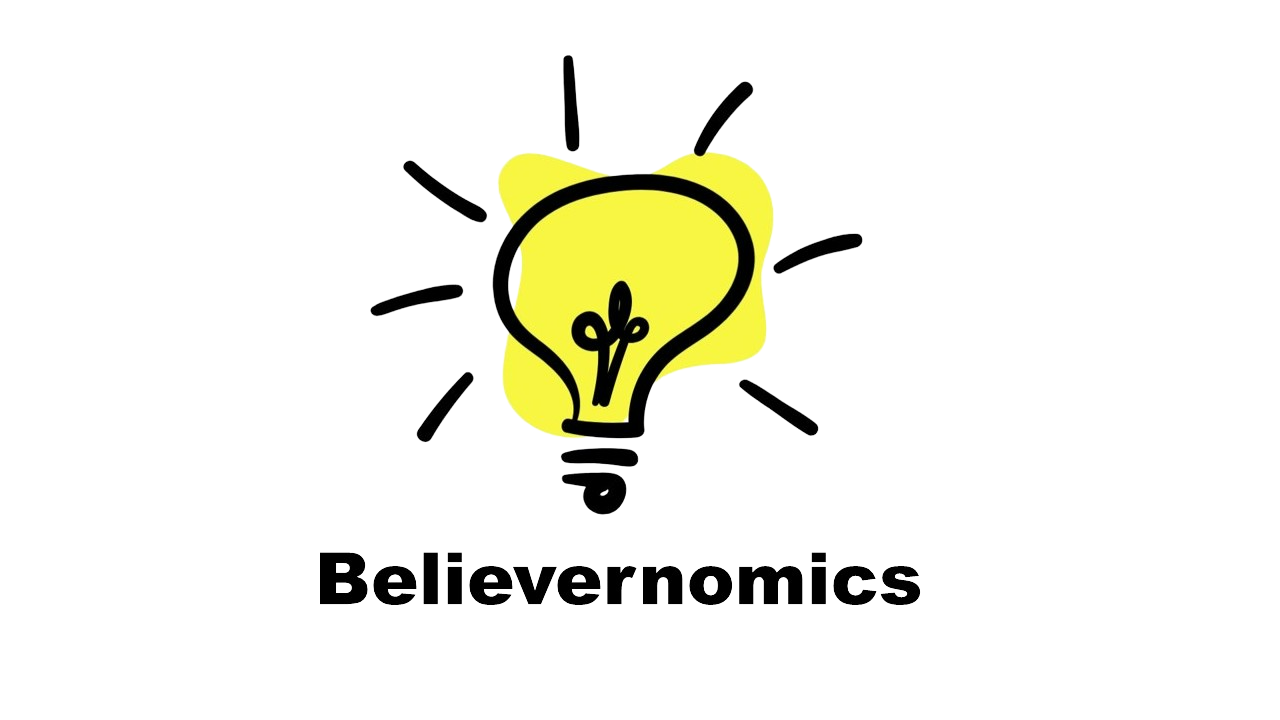Six uncommon things to look for in your next business collaboration
Image courtesy of Shoeib Abolhassani on Unsplash
Working in collaboration with others can have a huge impact on your organization’s profitability and success. Partners can bring a wealth of opportunity and fresh ideas can give a tired perspective, new impetus, and direction. Meanwhile, partnership investment can be exactly what is required to scale up an operation and maximize latent potential. Whichever way you look at it, collaboration can be a next-level accelerator for businesses able to identify those with the right skills at the right time.
Obviously, in deciding where to find your next best collaborative opportunity, every business will need to perform its due diligence. Depending on the nature of the partnership arrangement, consideration will need to be given to financial viability, the track record for success, objectives, targets, and a range of other factors. However, this blog is not about any of those factors, rather it focuses on the uncommon things, including some that you may not have previously considered relevant. The aim is to offer a much more rounded picture of what makes for a good collaborative working opportunity. The intention is not to make you think twice but to help you think differently.
Set out below are the six uncommon things to look for in your next business collaboration.
1. Do they have social media substance or just a social media presence?
Social media presence can offer businesses extraordinary instant reach. Therefore, the opportunity to collaborate with social media influencers can catapult a product or service from back-end obscurity to front-row prominence. However, whilst a number of followers is one thing, the authenticity of that following is another matter. With the capacity to ‘buy’ following, you may well find that the exposure that you are connecting to may be valueless for the purposes of boosting your brand. If social media presence is a key reason for your collaboration, you are better off using one of the many online audience verification tools to weed out the fakes.
2. Who are their followers and affiliates?
Time spent reviewing the social media following and affiliations of potential collaborative partners can reveal valuable insights about the ‘quality’ of that following or affiliation. As an example, you may be able to acquire some observable information about demographics as well as a differentiation between the social and commercial following. Equally, you may be able to discern affiliations that may raise legitimate concerns about the viability of collaborative working. Whichever way you look at it, there is real value added in undertaking a full and meaningful social media deep dive.
3. Is their strategic lens convex or concave?
How does your prospective partner see the future? Is it through a convex (farsighted) or a concave (near-sighted) lens? Do they even know the difference between the two? For the sake of argument, let’s assume that they have a long-term perspective, you will need to clearly understand the conditions associated with that commitment. Everyone is in it for the long term until the conditions that test their endurance arise. At that point, whether the commitment lasts will be an open question. Before you decide whether to collaborate with others it is better to understand what they mean, not what they say.
4. How mature is their relationship with failure?
Collaborating with entities that have experienced failure should never be a disqualifier. In fact, in some instances, it may be highly desirable. Especially if there are practical lessons that you can learn from their experiences, that can be applied to your development journey. Those who have failed have insights that those who have not, cannot appreciate. For potential partners that do not have a failure story, you would be wise to give them a wide berth. Any entrepreneur or business entity, that cannot articulate a mature approach to failure and what they would do in the face of it, is not one that can be trusted to stick around if or when things go wrong.
5. What is their weakest point?
Let’s face it, businesses and entrepreneurs collaborate based on strengths, not weaknesses. Whether that be seeking out influencers to endorse products or making long-term investments in products with genuine potential for growth. However, the strength of a prospective partner is not the only measure on which to determine their viability for collaborative working. Equal consideration should be given to the strength of their weakest point. A perspective on what a potential partner may bring to a commercial relationship, that is skewed towards strengths and ignores or downplays weaknesses, presents significant downstream risk to the future of that relationship.
6. What is the lowest common denominator?
For a relationship to be sustainable it must be built on a foundation. That foundation is the core characteristic or value that you and those you want to collaborate with, hold in common. It is the binding agent that will sustain the partnership when nothing else will. To be meaningful, the lowest common denominator must be substantial, not superficial. If it is simply about a desire to make money, that may work when the market is fertile, but what happens when it is fallow? For collaboration to work you need to determine whether the lowest common denominator is one that will keep the relationship together or cause it to fragment and break apart.
Collaborations can build brands or break them. However, as this blog sets out, deciding whether a collaborative working opportunity is right, requires careful thought. Beyond the obvious factors, there are a wide range of others that may not immediately be on your radar, but which should also be considered. As there is no one-size-fits-all approach to collaboration, these considerations must be personalized to each partnership and will determine what they achieve and even how long they endure.


